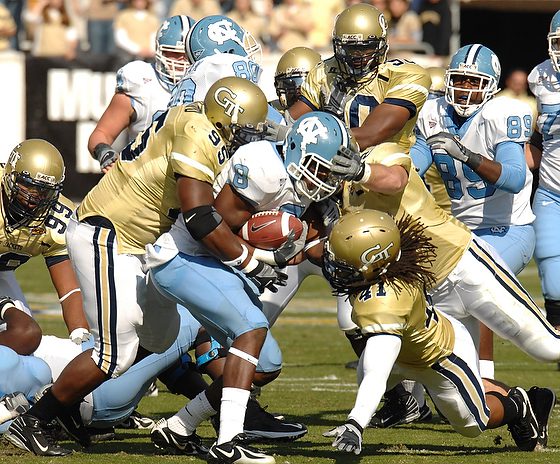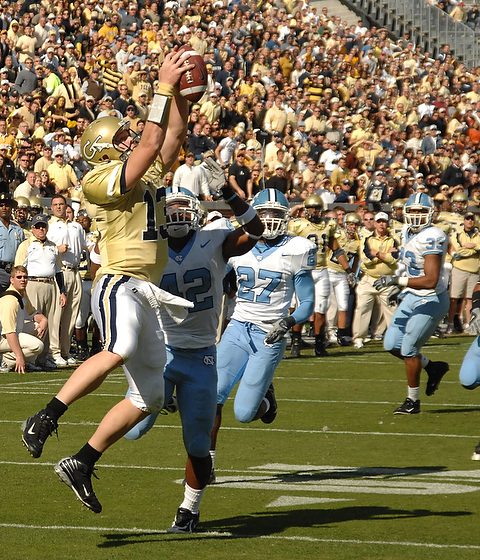Nikon D3, Sigma 70-200mm f/2.8 EX DG APO OS HSM, ISO 1000, ƒ/8, 1/160
Since we cannot change reality, let us change the eyes which see the truth.
– Nikos Kazantzakis
These are a few sentences I found interesting in an article by Rev. Peter M. Wallace a few years ago.
There has never been a more challenging time in [fill in the blank]. Everyone is scrambling to find the right way to connect to an audience that has fractured and fragmented to numerous different platforms.
And yet the reality some fail to acknowledge in this midst of this chaos is that the need or function all these declining institutions used to fulfill remains. People are simply choosing different ways, different platforms, to meet these needs.
It has been easier for me to focus on an institution and set my path in life to get to its destination. But unfortunately, this path is what many photographers concentrate on working for Sports Illustrated or National Geographic rather than the need or function these institutions serve.
Sports Illustrated just let go of its staff photographers; National Geographic has shrunk its staff through the years.
I had focused on working for The Commission Magazine. It was the flagship printed piece for missions for the Southern Baptist denomination I was once a part of years ago. While I did get there and worked on the magazine for a short time, I never really got to be one of the leading photographers for the magazine. They would do three or more important stories a year.
During the financial crisis of the late 1980s, the agency had to make cuts to balance the budget and cut my position.
I went into a major depression. My first marriage fell apart. Nevertheless, I continued to push forward, realizing I needed more skills to add to my resume, and I went to seminary and got my masters in communications.
Upon graduating, none of the missions agencies were hiring, so I found a job at Georgia Tech. While I was there for ten years, it was a temporary job on my way to my original dream—still no openings through the years I could find.
Slowly I was coming out of depression, but I still was finding that my dreams were not becoming a reality. My skills had improved dramatically, and I was thrilled to be working, but I never felt like I was fulfilling my purpose all the time.
Maybe you find yourself in this exact spot as I did. Today I, too, find I drift into this depression. My friend Gary Chapman spoke at the Southwestern Photojournalism Conference a few years ago and introduced me to the book Who Moved My Cheese?: An Amazing Way to Deal with Change in Your Work and Your Life. For Gary, the photography stock market was his cheese. He had built a library of images at Getty and other smaller agencies, and each month could expect a pretty decent check. But then, that check started to shrink. Soon all he saw was just crumbs each month rather than the large block of cheese he was used to experiencing.
One of the biggest mistakes storytellers make is focusing too much on the what and the how. When someone’s experience moves them from an NGO trip, when you ask them to tell you the story, they give you a timeline of their experience. They inform you what and how they did their work.
What is missing is, too often, the WHY. Once you hear why you are more likely to stay engaged, many Christians disgusted with their churches will say they are followers of Jesus today. So they choose to focus on Jesus rather than the institution.
Maybe so many of us are depressed and feel like someone moved our cheese because we have been focused on these institutions more than we should have been. I might better wrap up the key to our purpose by focusing on the need these institutions were fulfilling. Focus on WHY these institutions started.
Due to the leadership decisions of the church, people were leaving. A Gallup poll reported that “Most Americans Say Religion Is Losing Influence in the U.S. But 75% say American society would be better off if more Americans were religious.“
You see, the need still exists. People are looking for what faith brings to their lives.
When we can no longer change a situation, we are challenged to change ourselves.
– Viktor E. Frankl
Maybe we are struggling in this profession because we have been too focused on institutions and not enough based on WHY these institutions existed from the get-go.
Photojournalist Job Description
The primary role of the photojournalist is to be a visual storyteller. By photographing, editing, and presenting images, they tell a story in a way that no other media can. Some photojournalists will work for a local publication, while others will travel nationally or abroad, sometimes putting themselves in constantly changing or even dangerous situations. The subject matter can vary greatly, from local civic issues, national political races to social unrest in a foreign country. Many photojournalists are freelance photographers and sell their photos to various organizations around the world. The photographs serve the purpose of enhancing the story for the reader or viewer.
As you can see, the role of the photojournalist isn’t limited to an institution. It is just a matter of having stories to tell and finding the audience that needs to see them.




